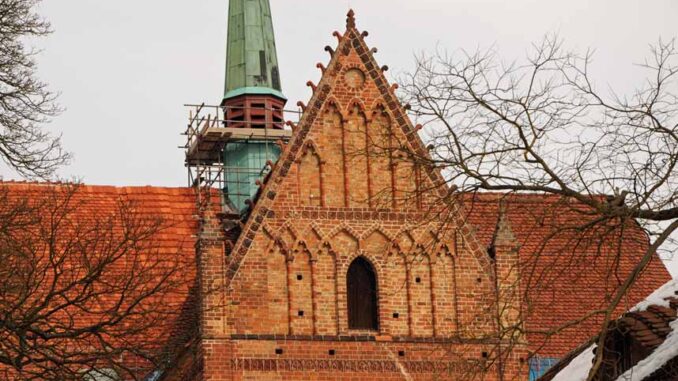
The restoration of a historic brick facade is a meticulous process that requires a deep understanding of the original architecture and materials. Here’s a general description of such a project:
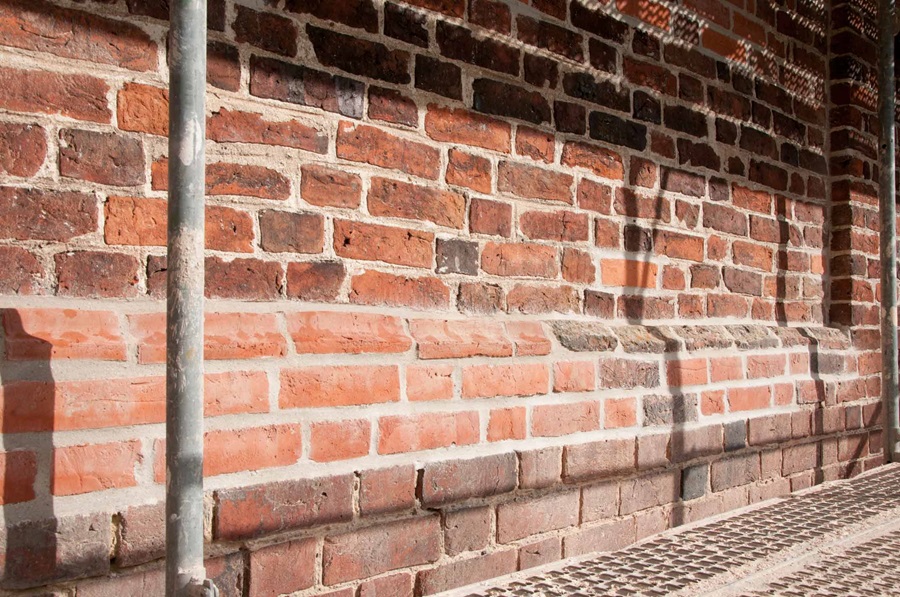
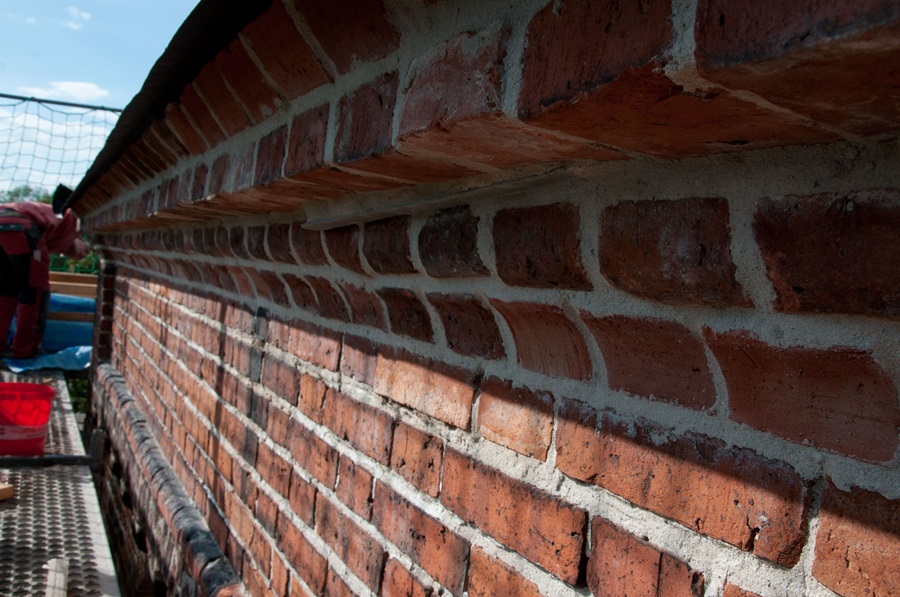
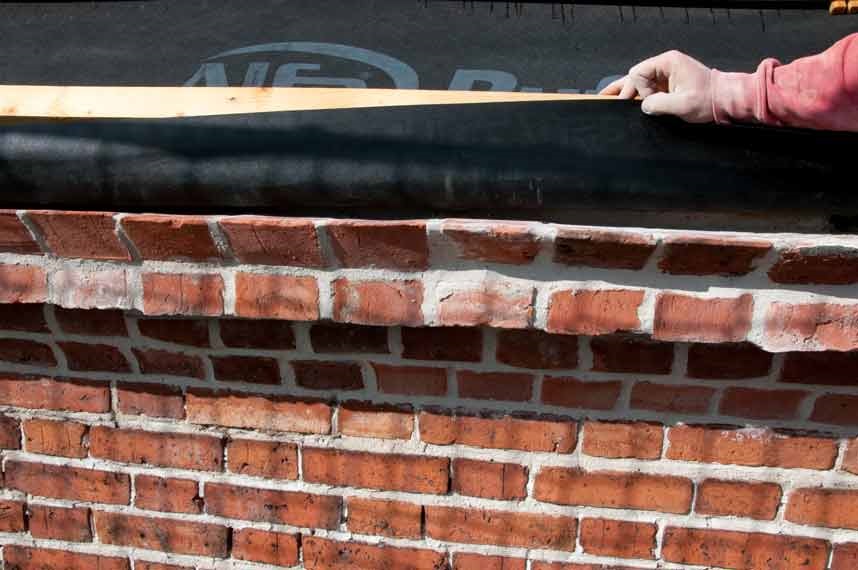
- Assessment: The first step involves a thorough assessment of the existing facade to identify areas of damage and deterioration. This includes examining the bricks, mortar, and overall structure.
- Brick Replacement: Damaged bricks are carefully removed and replaced. The replacement bricks are often custom-made to match the original in terms of size, color, and texture. This ensures that the restored facade maintains the historic look and feel.
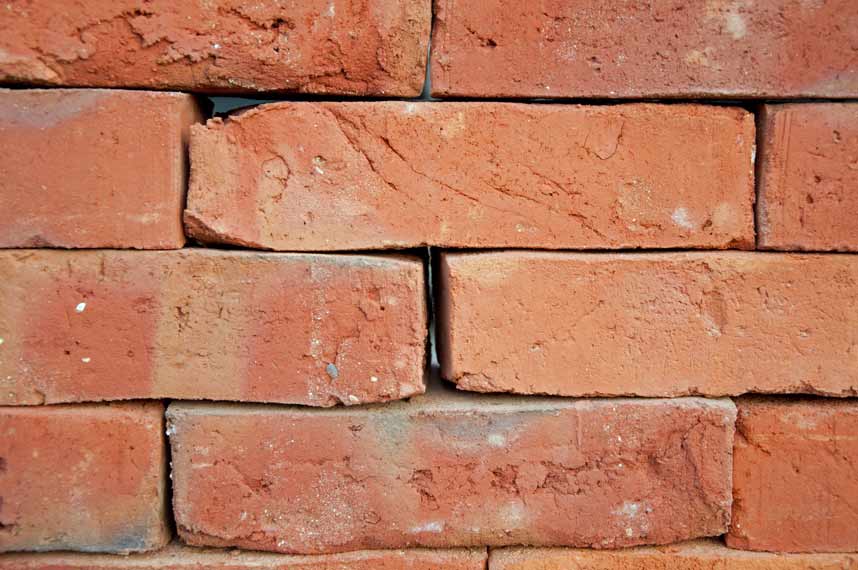
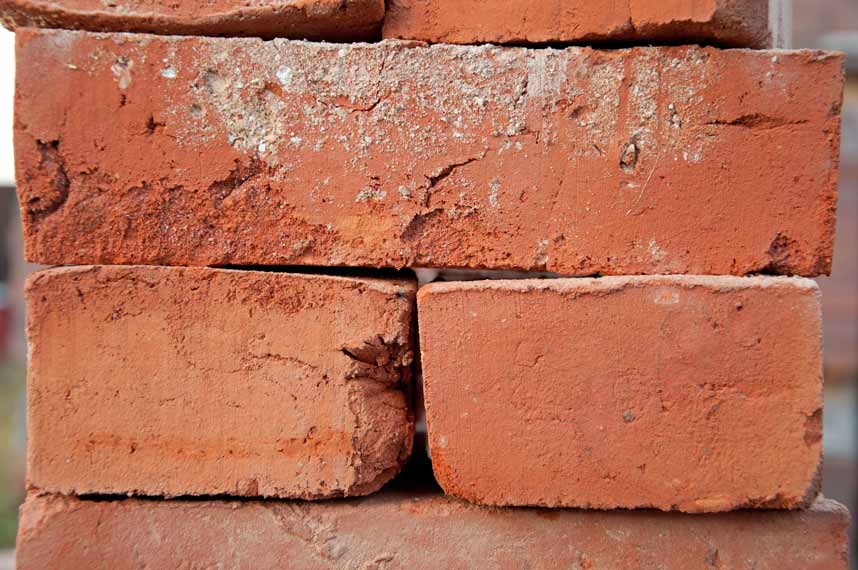
- Mortar Repair: The mortar between the bricks may also need to be repaired or replaced. The new mortar is matched to the original in terms of composition, color, and application technique.
- Conservation Approval: In many cases, the proposed restoration work needs to be approved by a conservation officer. This ensures that the work is in line with local regulations and standards for historic preservation.
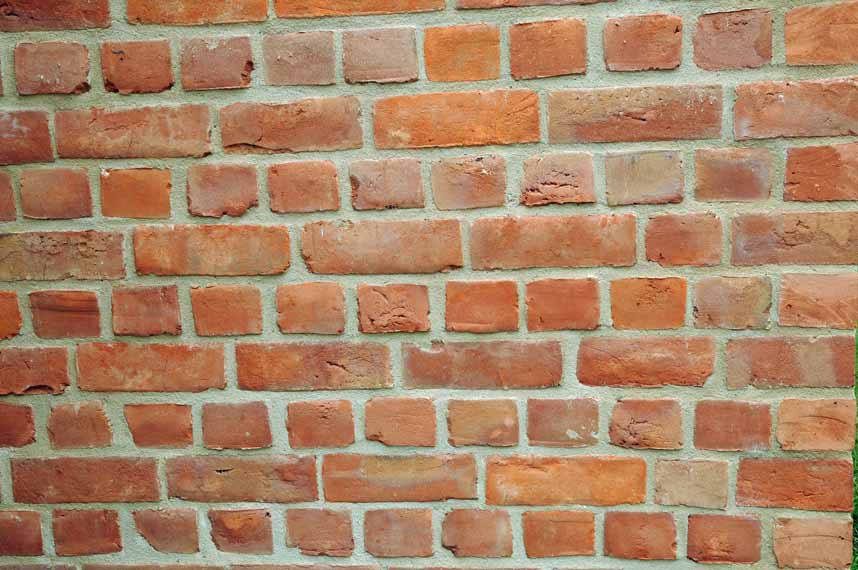
- Restoration Work: The actual restoration work is carried out by skilled craftsmen who specialize in historic preservation. They use traditional techniques and materials to ensure the authenticity of the restoration.
- Final Inspection: Once the restoration work is complete, a final inspection is carried out to ensure the quality and accuracy of the work.
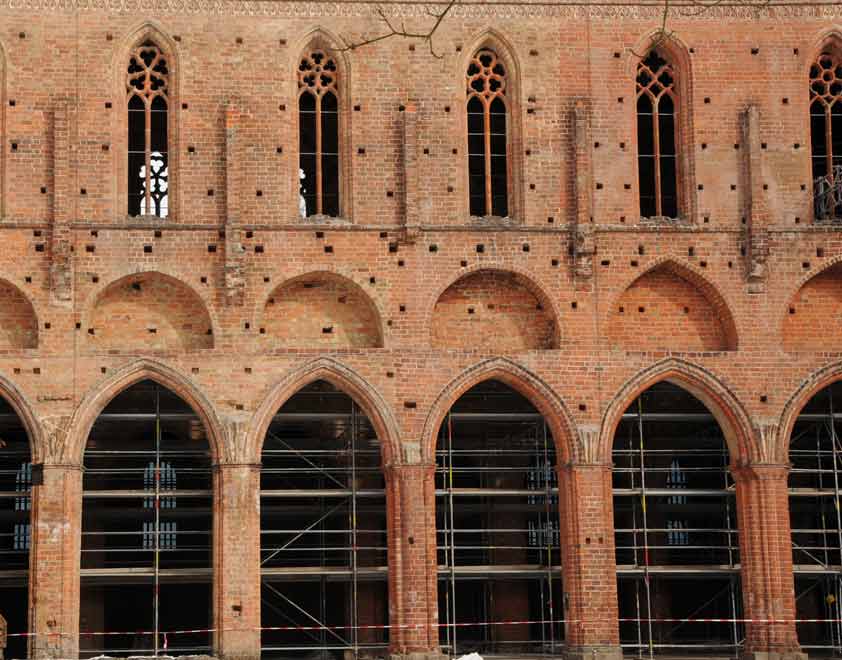
This process helps to preserve the architectural heritage of the building, ensuring it can be appreciated by future generations. It’s a testament to the skill and dedication of those involved in historic preservation.